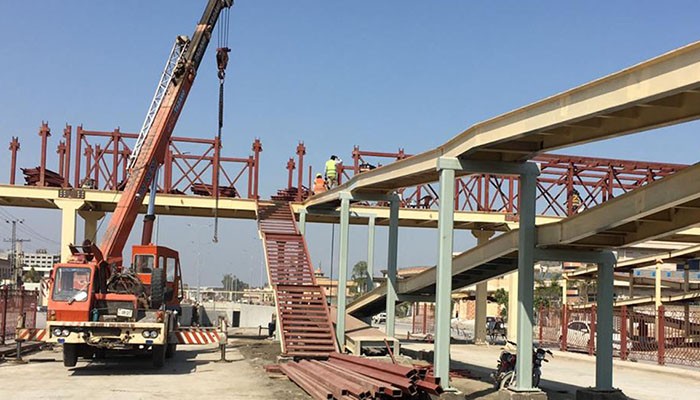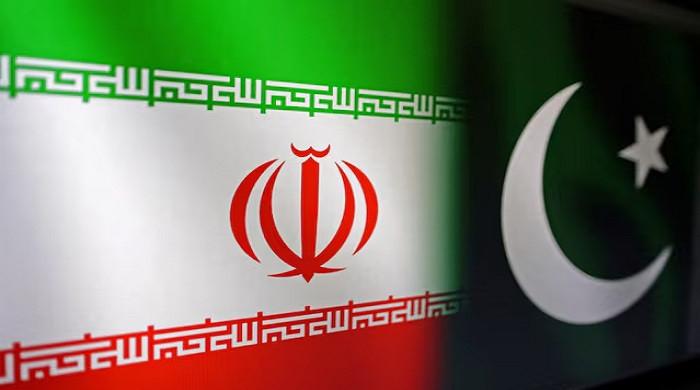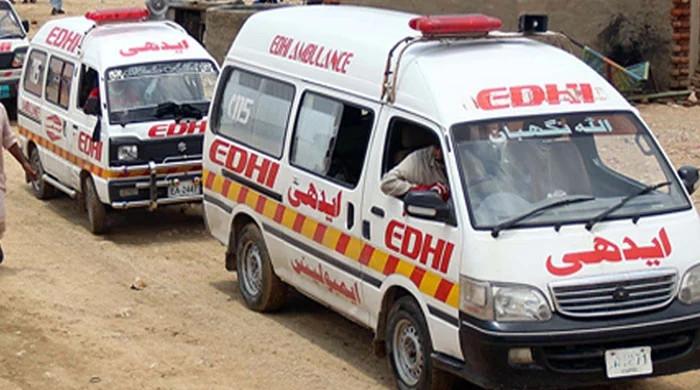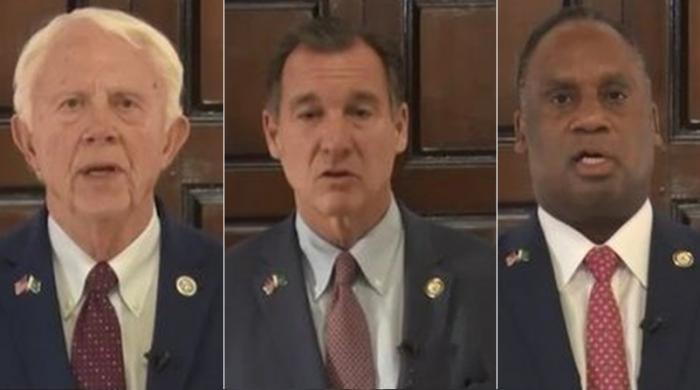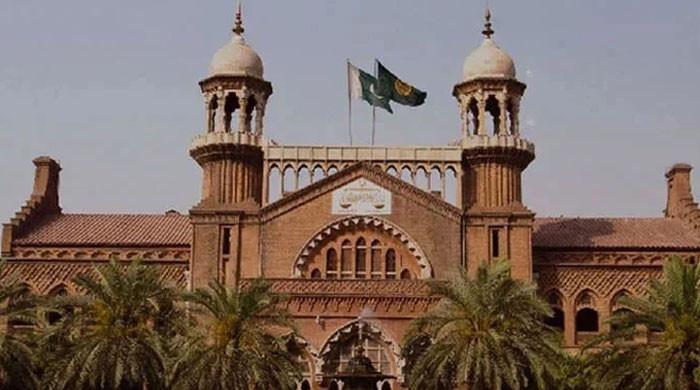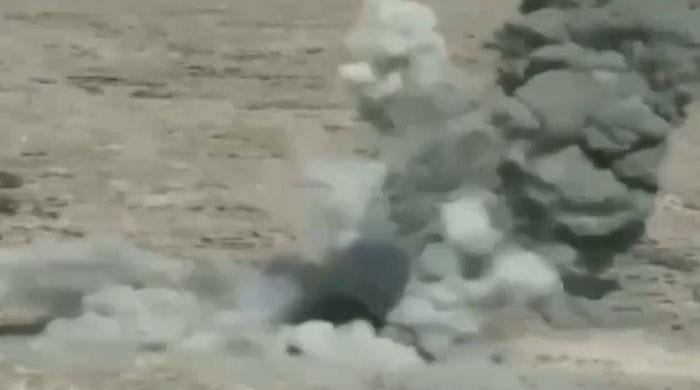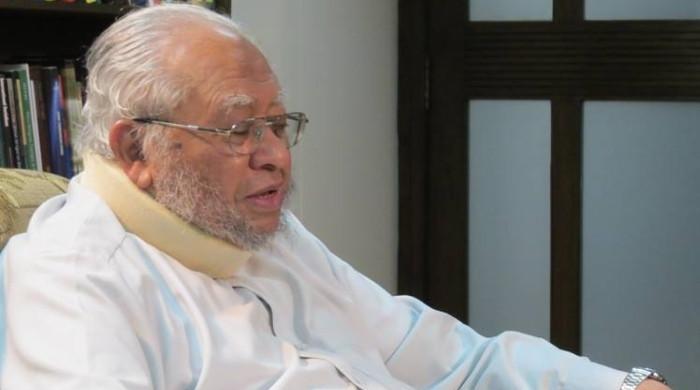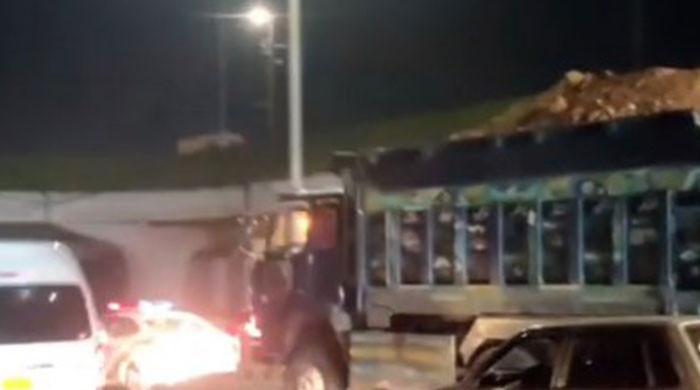BRT report highlights faulty planning, technical errors, poor management
The damning 27-page inquiry report reveals the mega project caused heavy losses to the exchequer
April 03, 2019
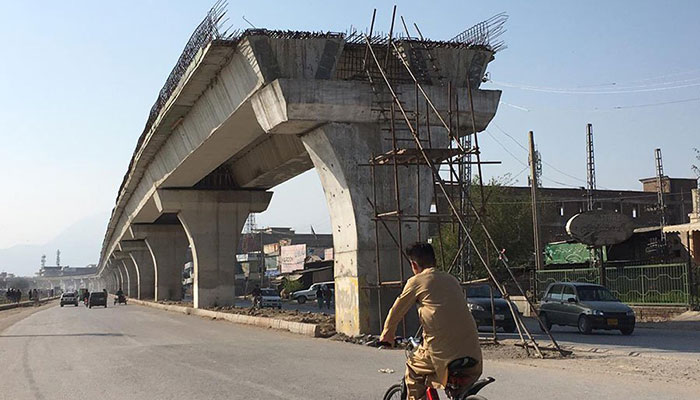
PESHAWAR: The much-awaited inquiry report on the multi-billion and long-delayed Bus Rapid Transit (BRT) project in Peshawar is finally out, and it highlights a multitude of technical errors, faulty design and inept planning that caused heavy losses to the exchequer.
The 27-page report, compiled by the Provincial Inspection Team on the orders of the Khyber Pakhtunkhwa chief minister Mahmood Khan, was submitted to the government on January 30.
The damning report has listed the following findings:
a) That, havoc has been played with the public money through faulty planning and designing, negligence in execution of work, and poor management of the project. The relevant reports of the consultant like feasibility study, drainage report, geotechnical report, highway report, structure report, traffic report, survey and utilities report etc. were found deficient resulting into frequent design changes during execution of work causing delay in timely completion of the work as well as loss to the public exchequer.
b) That the BRT corridor should have been preferably made elevated throughout its length which could have avoided the present traffic jam and also catered by future increase in mixed traffic. Presently the traffic congestion has been found at places where the BRT stations have been constructed at-grid rather than underground. Further, the post-BRT carriageway width for mixed traffic at the locations of BRT bus stations have been reduced by 40 percent on average as compared to pre-BRT conditions. Moreover, the non-maintenance of uniform number of lanes for mixed traffic through BRT route had created funnel like situation/bottleneck at the locations of BRT bus stations which added to the cause of traffic congestion.
c) That, in Reach-III of the project at the University Road, the approaches for the BRT bus stations near University of Peshawar and Board of Intermediate & Secondary Education (BISE) Peshawar colony have been constructed on walkways adjacent to government buildings. These approaches could have been constructed by acquiring small piece of land from government entities free of cost which would have removed hindrance from the walkways. Further, the canopies of the underpasses have also contributed in reducing width of the carriageway for mixed traffic.
d) That, signals have been designed for pedestrian zebra crossings so that passengers could reach the centre of the road and move up to the elevated BRT corridor through elevator or escalator. Although such signals will provide easy and safe access to the passengers but will also result into mixed traffic congestion.
e) That, there was no provision in the revised PC-I for installation of louvers and sound barriers at the elevated portions of Reach-II of the project which are required to safeguard the privacy of the buildings and counter the noise pollution in the vicinity. Moreover, the drainage system for elevated portion of the BRT project also needed to be properly designed.
f) That, no pedestrian crossing other than BRT bus station approaches had been planned in the project.
g) That, the washrooms at the BRT bus stations were being constructed without proper foundation and lintel beams, with poor quality brick work.
h) That, the bike lane had not been maintained throughout the BRT corridor. It had been omitted at some locations while at some places it was combined with mixed traffic lane which raises question on the adherence to the requirement of the ADB in this regard as claimed by the Peshawar Development Authority (PDA).
i) That, concrete work of the project had been executed in stretched up to 40 metres in length instead of casting them in panels. Therefore the work was not done according to standard engineering practice. Resultantly, cracks were found propagating in the concrete works.
The report has recommended the following:
a) It is recommended that responsibility may be fixed for faulty design and execution of work causing loss to the government.
b) In the present situation neither the width of the carriageway for the mixed traffic can be increased nor the BRT bus stations can be made underground to provide extra and uniform number of lanes for mixed traffic. However, the existing number of lanes/carriageway width for mixed traffic may be temporarily maintained uniformly throughout the BRT corridor – at the stations as well as between stations – to examine the traffic flow and proceed further accordingly.
c) It is recommended that the canopies for entrance to underground shops at Tehkal, Abdara and Board Bazaar may be relocated to the most suitable places to increase the carriageway width for mixed traffic at these locations.
d) It is also recommended that the government may acquire land from other government entities such as the University of Peshawar, BISE Peshawar, Islamia College.
As criticism over the BRT projects mounts, Director General of Peshawar Development Authority Israrul Haq was removed from his post, a day after the Khyber Pakhtunkhwa government removed transport secretary Kamran Rehman Khan.
Dr Muhammad Fakhar-e-Alam Irfan, a senior member of the Board of Revenue, has been given additional charge as the new provincial transport secretary.
The BRT project, hailed as a "world-class transport service” aimed at generating "greater economic activity and prosperity in the city" on its official website, was launched by former chief minister Pervez Khattak during his tenure.
Construction on the project began in October 2017, but work on the fixed-rail continues to this day.
The BRT line is a 26-kilometre east-west corridor in the city, designed to move thousands of passengers per day. Of the total 31 bus stations, 11 are still incomplete. Work on the three bus depots, at Chamkani, Hayatabad and Dabgari, is unfinished. Over 200 buses were to reach Peshawar. So far, only 21 have arrived from China.
During all of this, the cost of the corridor has shot up from Rs49 billion to Rs66 billion.
